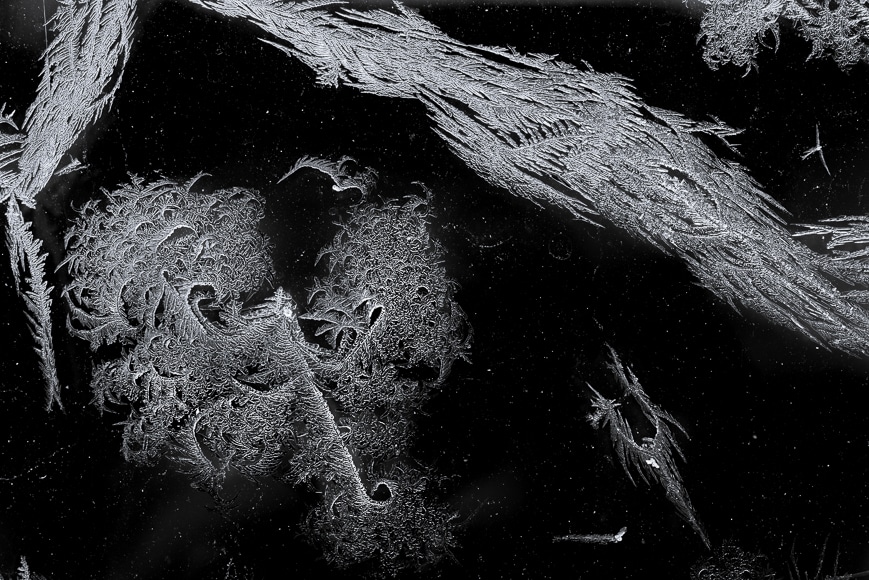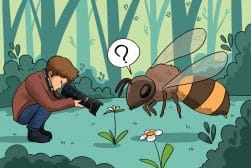






Carl Battreall
Fine Art | Last Updated: March 31, 2023
My name is Carl Battreall, 2021 will mark my 30th year as a professional photographer. I have worked as a custom printer, editorial photographer, commercial photographer and fine art photographer. I am the author of two photography books on Alaska’s wilderness.
Over the past 20 years I have mainly worked in colour, as that is what most editors, publishers and commercial clients want. This year, however, I made the decision to return to my roots, return to black and white fine art photography.
Gear
I have owned every type of camera, from an 8×10 view camera to a tiny digital point and shoot. My career has mainly been focused on long term projects for books, magazines, and exhibits.
I would often purchase gear that was relevant to the story I was trying to tell.
I have always tried to keep my kit simple, but over many years of photography I found myself loaded down with equipment, much of it I rarely used.
A few years ago, I began to downsize my gear. I quit upgrading and started renting gear if I needed something special for a specific gig. I highly recommend renting gear over purchasing equipment.
I am now happily working with one camera and one prime lens. I do not find working with a single prime lens as restrictive, in fact, I find it quite liberating. I believe we work more efficiently and are more creative when we have less options and less distractions.
Camera
I am using a Sony A7RII converted to monochrome by Monochrome Imaging Service. I have been a Sony user since they first started making DSLR cameras. In fact, I was their first ‘pro’, way back in 2007.
To really create meaningful, thoughtful black and white images, one needs to fully commit to the medium. This is why I had my camera converted to monochrome. Picking up my converted Sony is like using black and white film, you are committed, and your mindset is established.
I have an old Op/Tech neoprene strap attached. I do not walk around with the camera around my neck. I use the strap when I am in precarious positions where there is a risk of the tripod and camera toppling over, which seems to be a common scenario for me. I lost a camera and tripod to the ocean once.
Lens
Sony FE 50mm f/2.8 Macro lens. I prefer the 45mm angle of view. However, I really enjoy getting up close and working on a macro level, so the 50mm macro makes the most sense for me. It is sharp throughout its range, making it a very versatile lens.
Camera Bag
Because my gear is minimal, I can throw it into any backpack. I do own an old Lowepro D-Res 20 AW hip pack that I sometimes use, which fits all my gear easily. I do not wear it as a hip pack though, it is uncomfortable that way.
Filters
I try not to use filters, but I do carry three in my bag. B+W Pro 6 stop ND filter, B+W Pro polarizer and a B+W Pro #29 deep red filter.
Tripod
Manfrotto 190 carbon fiber tripod with a Novoflex NQ ballhead. I use a tripod for 90% of my photography.
A Really Right Stuff L-Plate is permanently attached to my camera. It is an essential piece of gear, especially when photographing verticals with a lightweight tripod.
Because I am almost always on a tripod, I trigger my camera with the basic Sony RM-SPR1 wired camera trigger.
Hardware & Software
FastRawViewer’s Monochrome2DNG. I use this program to convert my camera’s files to Adobe Monochrome DNG files.
All organization and editing is done in Lightroom.
Helicon Focus 7. I do a lot of focus stacking to achieve maximum depth of field and Helicon Focus is by far the best stacking program.
I use Quadtone RIP as my printer driver.
I am using a PC that I built myself with a View Sonic 27 inch monitor.
Since the main objective for me is the final print, I should mention my printer and paper. I print with an old Epson 3880 converted to Piezography Pro monochrome inks. The paper I use is Canson Baryta Photographique II.
I highly recommend minimizing your gear, strip it down to the basics. It’s easy to get sucked into purchasing new equipment, camera manufacturers are experts at marketing. But do not get fooled, having the latest camera model or newest lens will not make you a better photographer.

Check out these 8 essential tools to help you succeed as a professional photographer.
Includes limited-time discounts.












